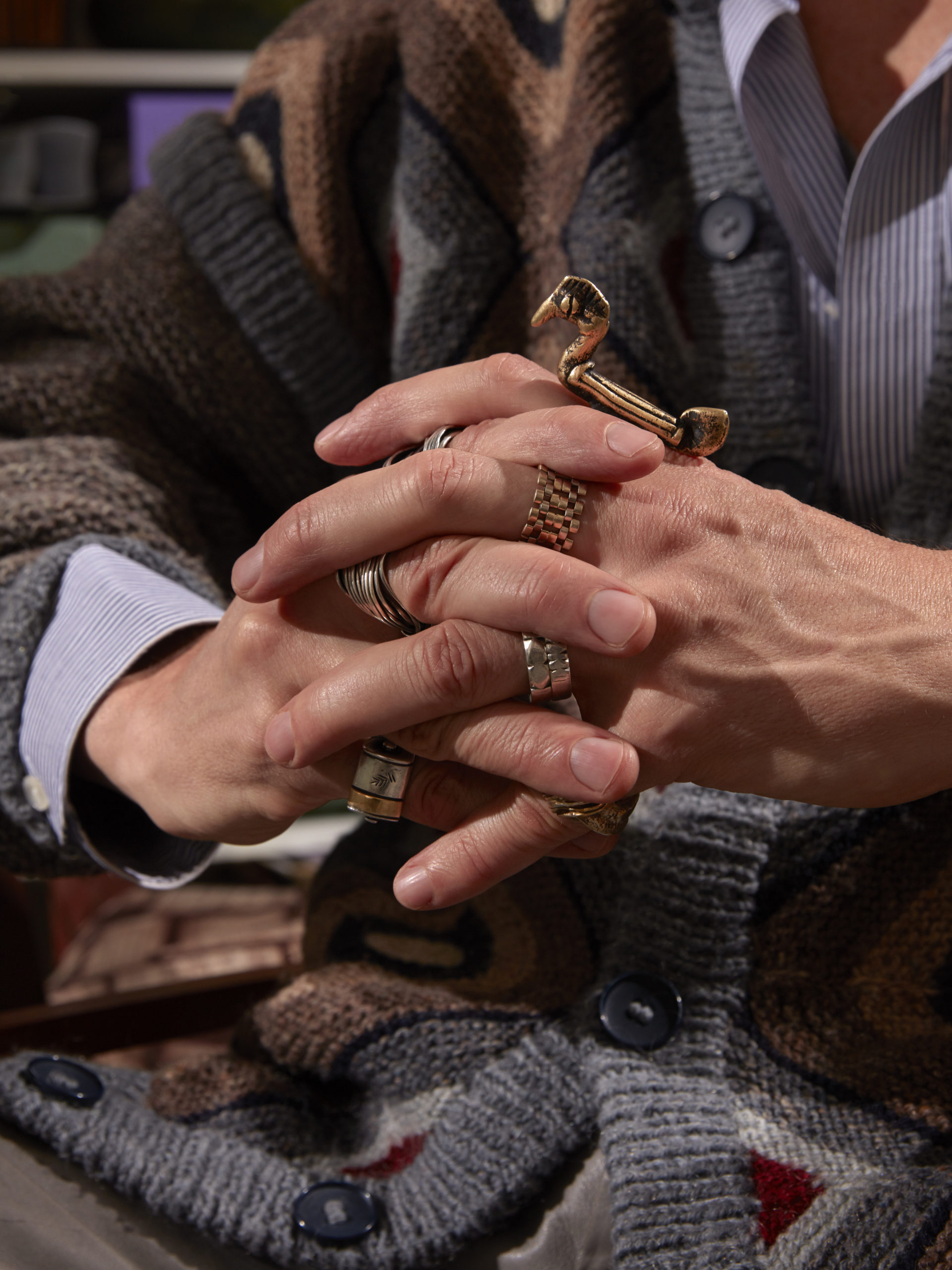The iconic art director talks guest-curating Het HEM’s “Chapter 3HREE”.
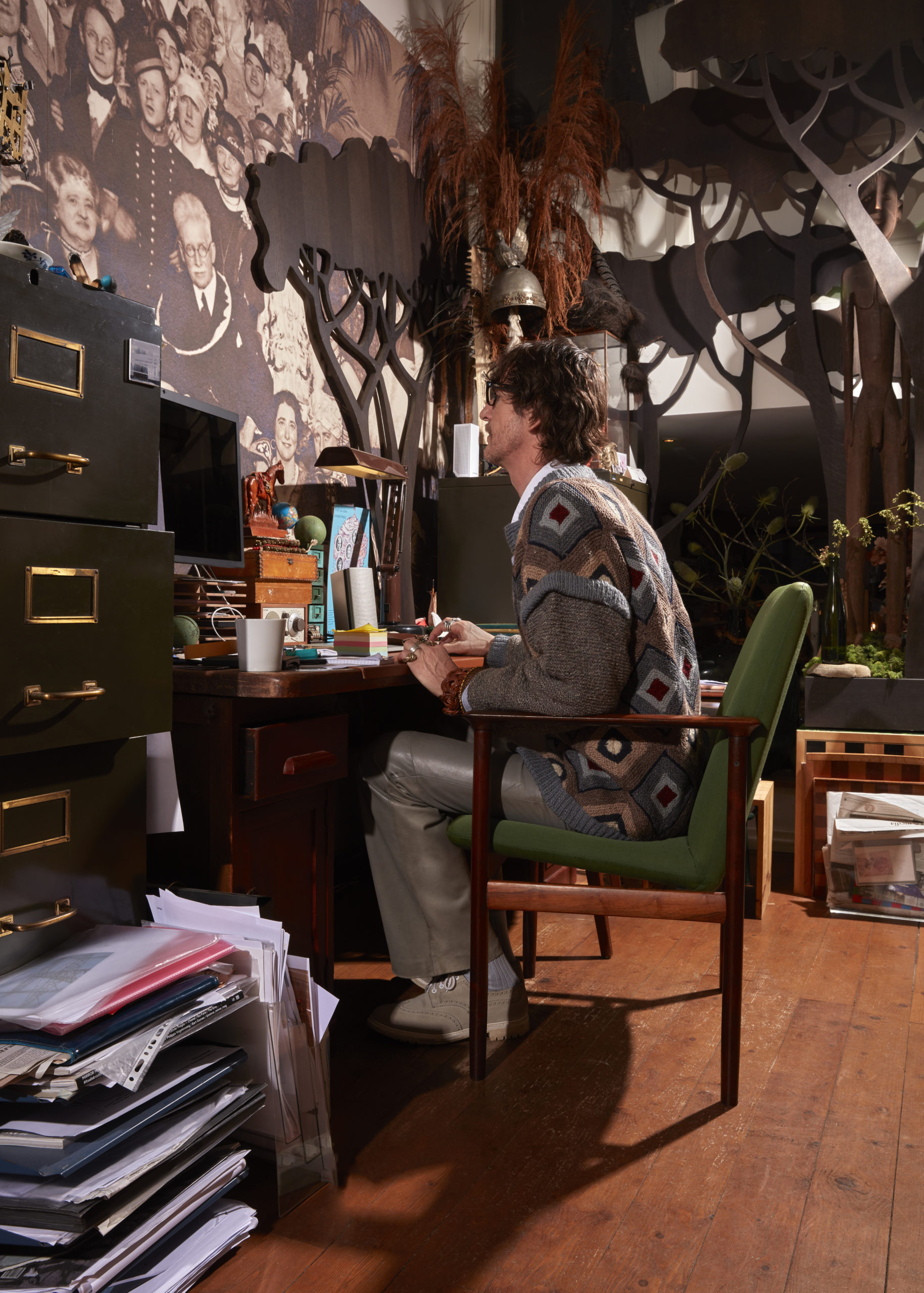
Rarely does it happen that we exit an exhibition feeling so bubbly and bouncy that you’d think it was not art that we had just consumed. This is the state of being cultural centre Het HEM left us in after our visit to its “Chapter 3HREE”. Masterminded by iconic Dutch art director Maarten Spruyt and curator Rieke Vos, the group exhibition consists of work by 27 artists and has the basement of Het HEM as its focal point. The building’s impressive architecture translates its former function as a bullet factory and the underground, where “Chapter 3HREE” unfolds, used to be its shooting range. Once below ground and inside the 250-metre long tunnel, you instantly (and quite literally) lose touch with the outside world. But don’t be disillusioned—the lack of windows, natural light and perspective won’t obstruct immersion in the exhibition. Rather, entirely newfound sensations sweep all over you. “What is important now is to recover our senses,” propels Susan Sontag, whose essay “Against Interpretation” is a driving force behind “Chapter 3HREE”. And indeed this art show is an experience of its own; a layered world of sensibility, where reason and analysis give in to good ol’ gut feeling. Invigorated but hungry to know more, Glamcult stopped by guest curator Maarten Spruyt’s home for a lunch and tea, during which we talked world-building, intuition and the “natural”.
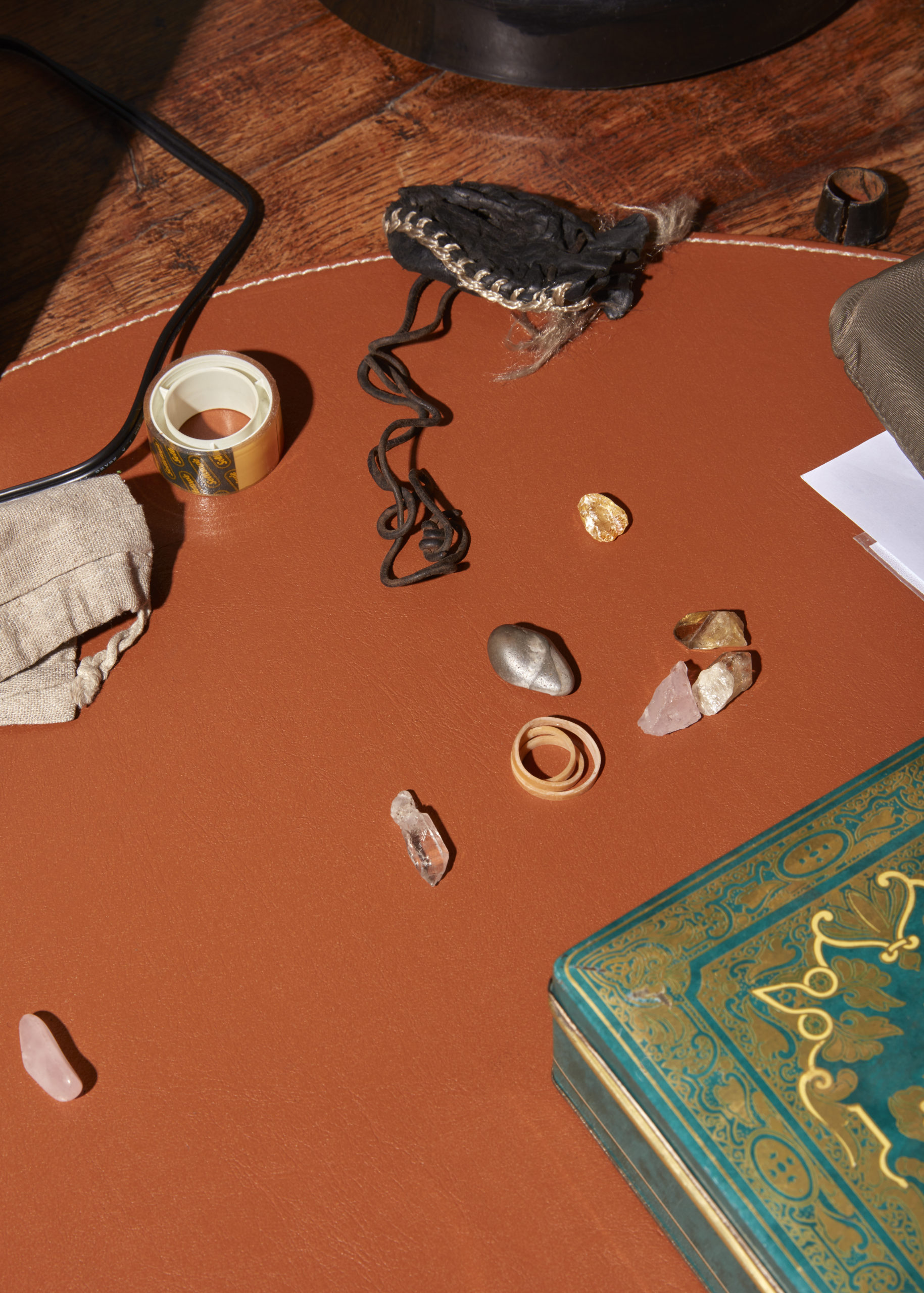
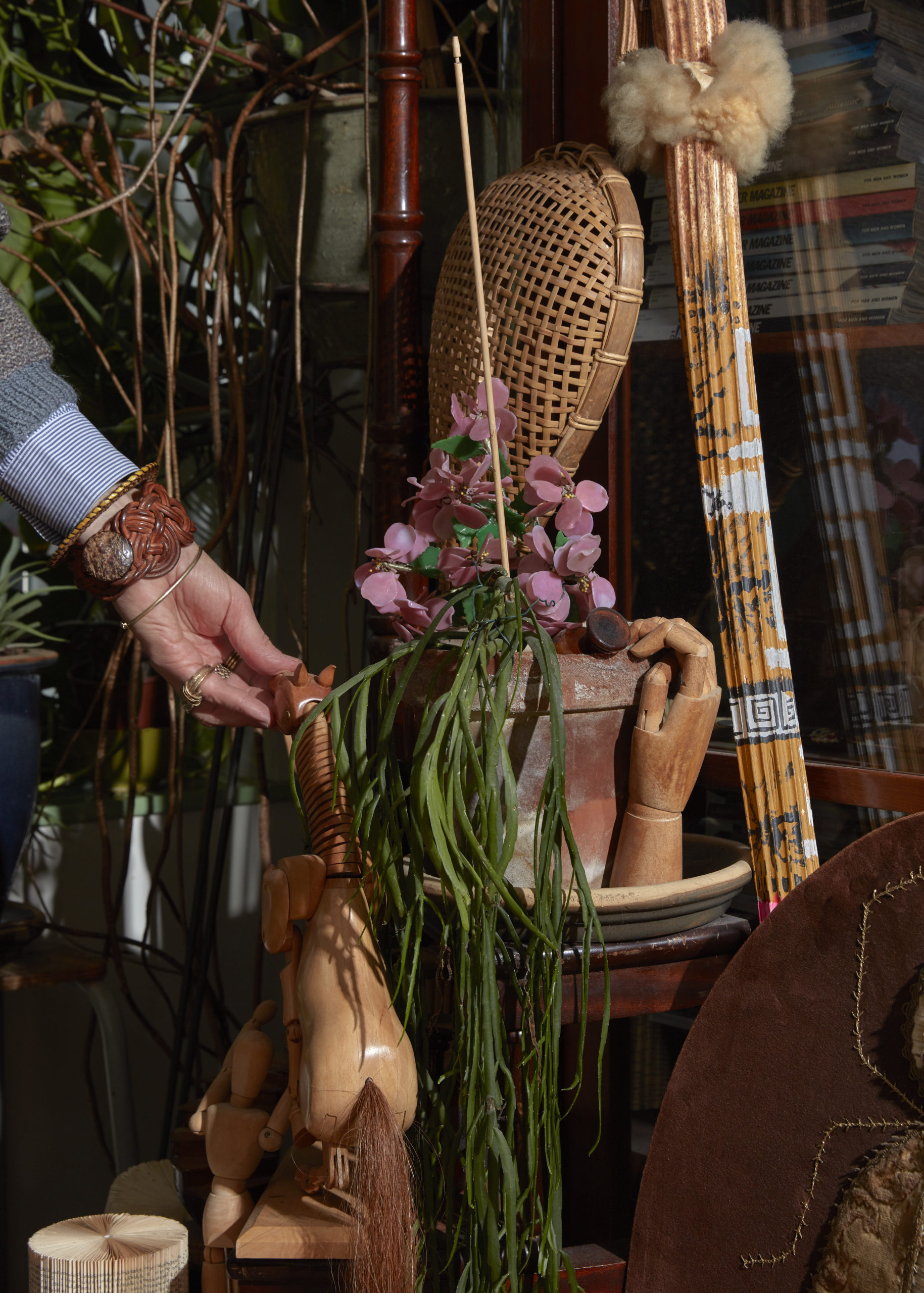
Maarten, how did the conversation between you and Het HEM begin?
Kim Tuin, Het HEM’ artistic director, asked me to work with the organization on a project for a renewed library. I had a look at the space and made a plan, but I guess I had quite an enthusiastic vision on things, so Kim invited me to develop those plans into their own chapter.
Had you been to the space beforehand?
I went to take a look when it was still unopened and abandoned; a bit more than half a year ago. When we first went there, there was barely any light; you had to use your phone’s flashlight to be able to see things or to walk around the basement. It was hard for me to even imagine how it would look like if it ever opened its doors to the public.
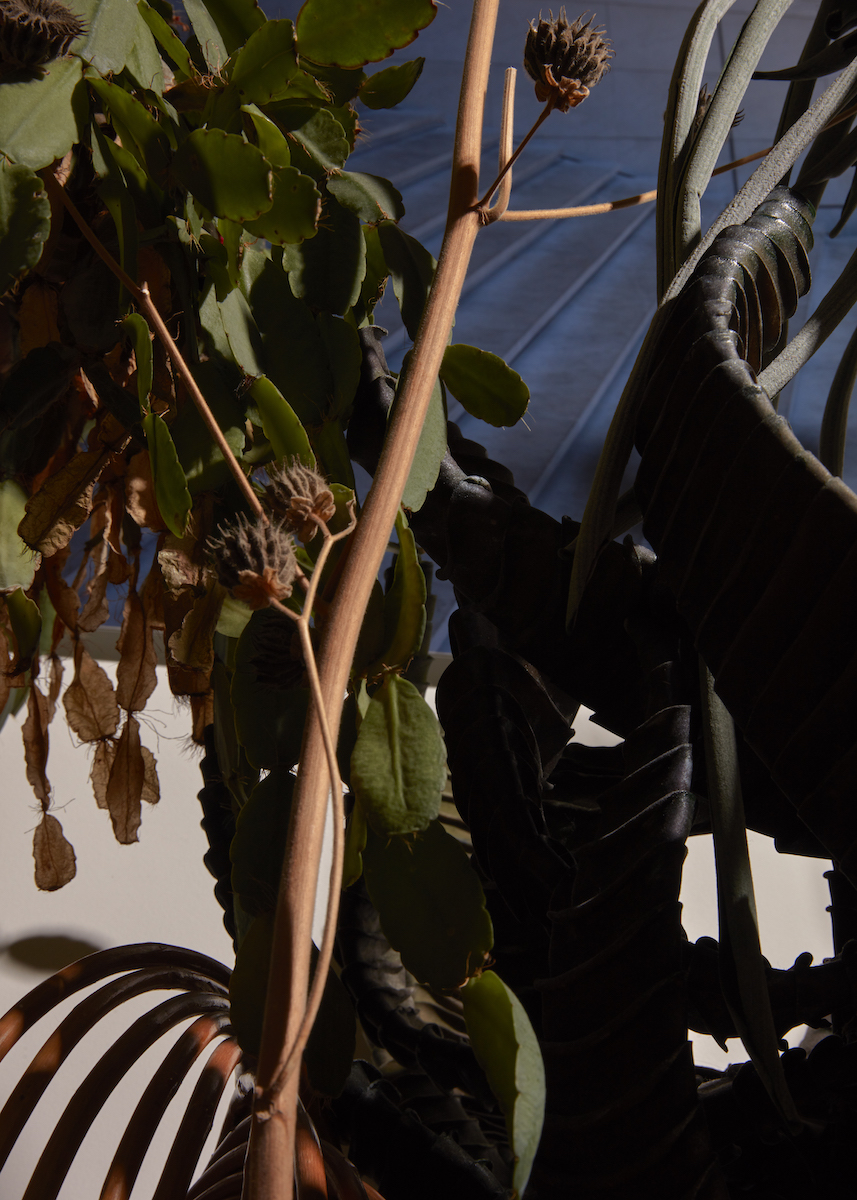
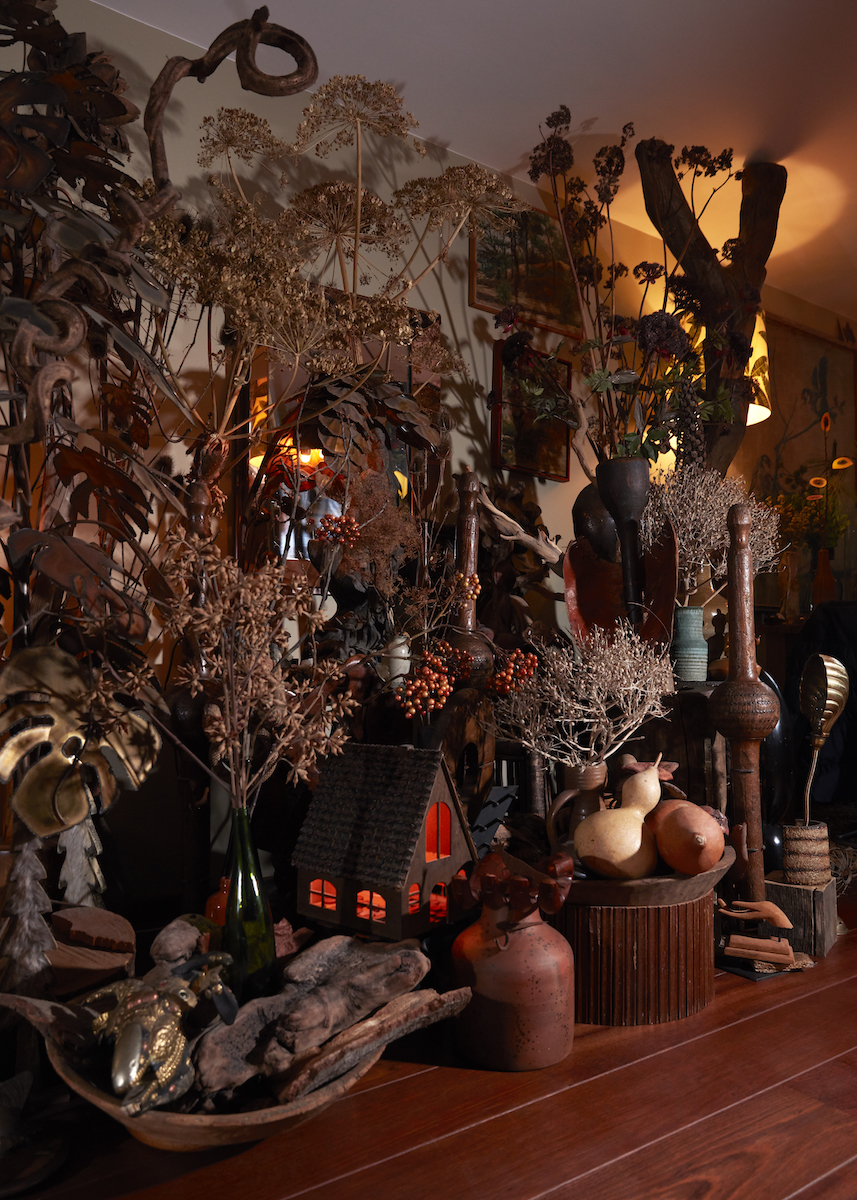
And do you perhaps remember your first impression from the space?
We first visited in wintertime and the building itself was cold. We then went to the basement and saw the shooting tracks, and in a way they felt comfortable; a kind of world on their own. So that convinced me I had to do something there.
When we paid our visit recently, the sun outside was shining and we expected an exhibition in high-walled rooms with lots of natural light. But then we had to quickly exchange that vision for an underground experience. Why does the basement attract you creatively?
I wished for visitors to approach this show one-way and not be able to go back as they’re walking though the exhibition. It’s a good way to build a story when the viewer can only proceed in one direction.
What kind of atmosphere did you wish to create in the basement?
My job is to tell stories. To tell a story in an exhibition can be likened to writing a book. You need a strong beginning, build-up, middle part and ending. In that sense, you know by intuition how to puzzle the order right. The hard part here is to synch everything with the artists, since some of their work is unavailable or impossible to shuffle in a way that suits your particular vision. As for the basement itself, I initially thought it was much bigger. When I first visited it, the small light I used gave more depth to the tunnel. On a second visit, I had to re-synch my plan because I want to show a new perspective with each new room but the size of those rooms turned out to be significantly smaller.
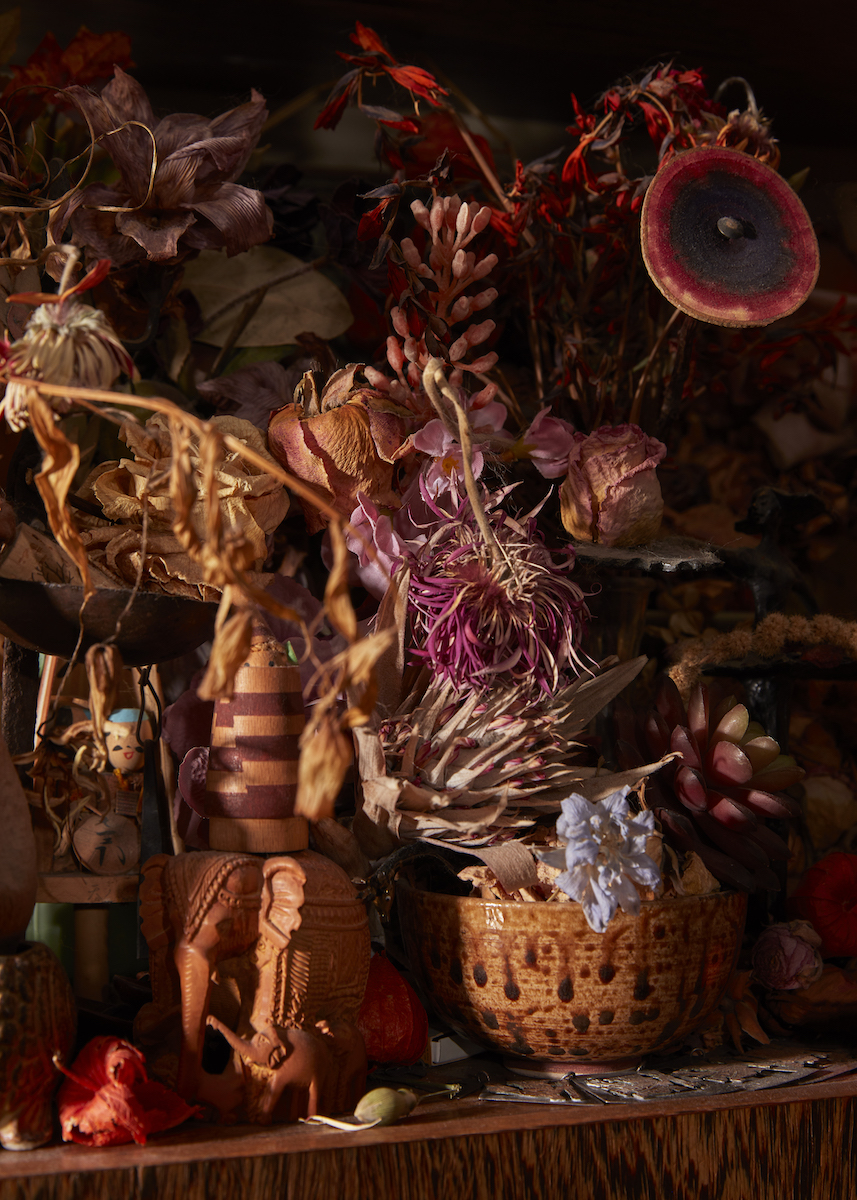
This makes us think of the way the space itself direct your own intuition and plans.
Indeed. The lack of perspectives in the basement motivated me to try and show multiple perspectives within the show.
What stuck in our mind is also how you dealt with the concept of the “natural”, be it natural vision or natural elements. Was this a conscious decision?
That’s a life philosophy for me and not a trend that I can just replace next season. What I like about Nature is that nothing is truly straight. Rather, all elements are somehow curved. Also, in a jungle you don’t see where something starts or ends; it’s all overgrown. Layering for me is very important.
Today, our interaction with the “natural” is mostly mediated online via images of Nature transforming so fast we don’t have time to catch up or re-do our actions. In a way, the exhibition radically forces us to focus and experience the variety of Nature as a narrative.
Exactly. I keep on repeating this, and I probably shouldn’t stop because you can never hear this enough: the time we live in is a time of enormous change. We need to re-address absolutely everything—politics, nature, gender, climate. It’s one big revolution that’s going on and I wonder for how much longer we can continue denying that everything needs to be different. We need to give up on comfort and re-do everything from a new point of view.
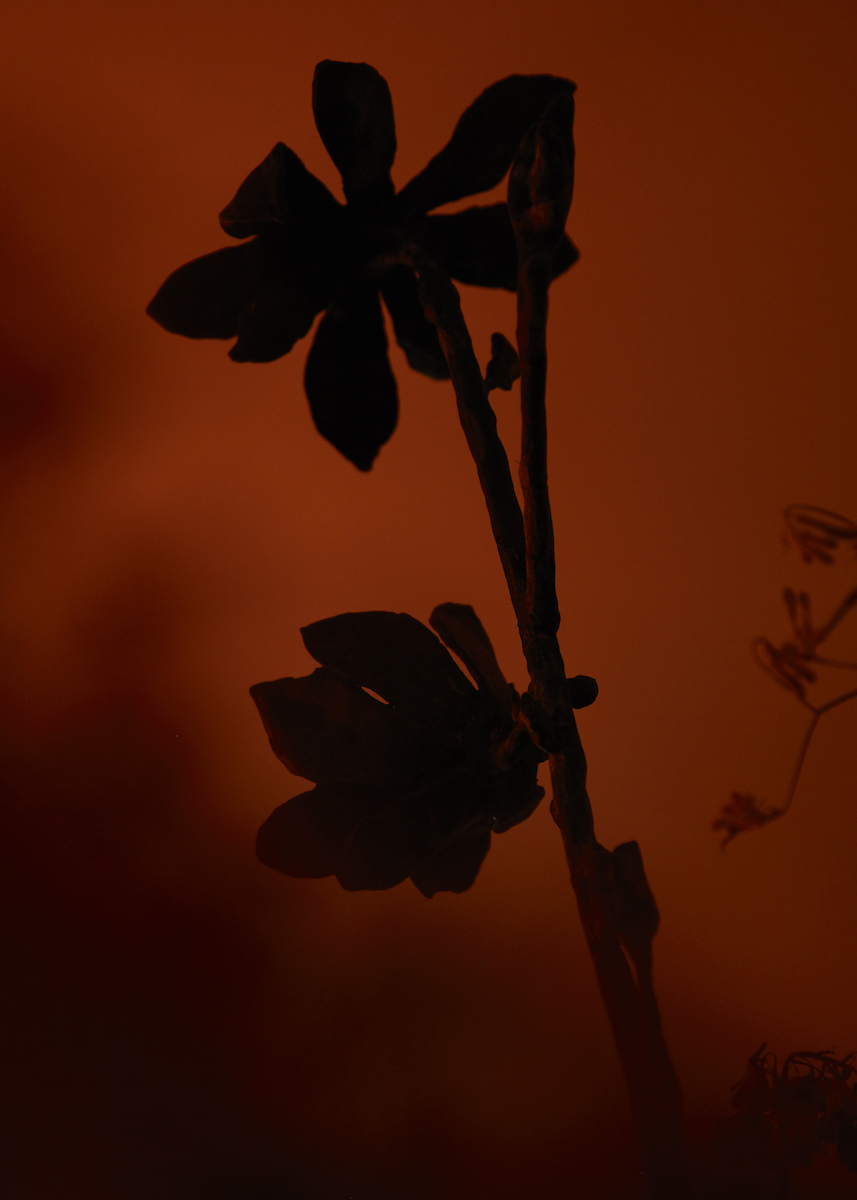
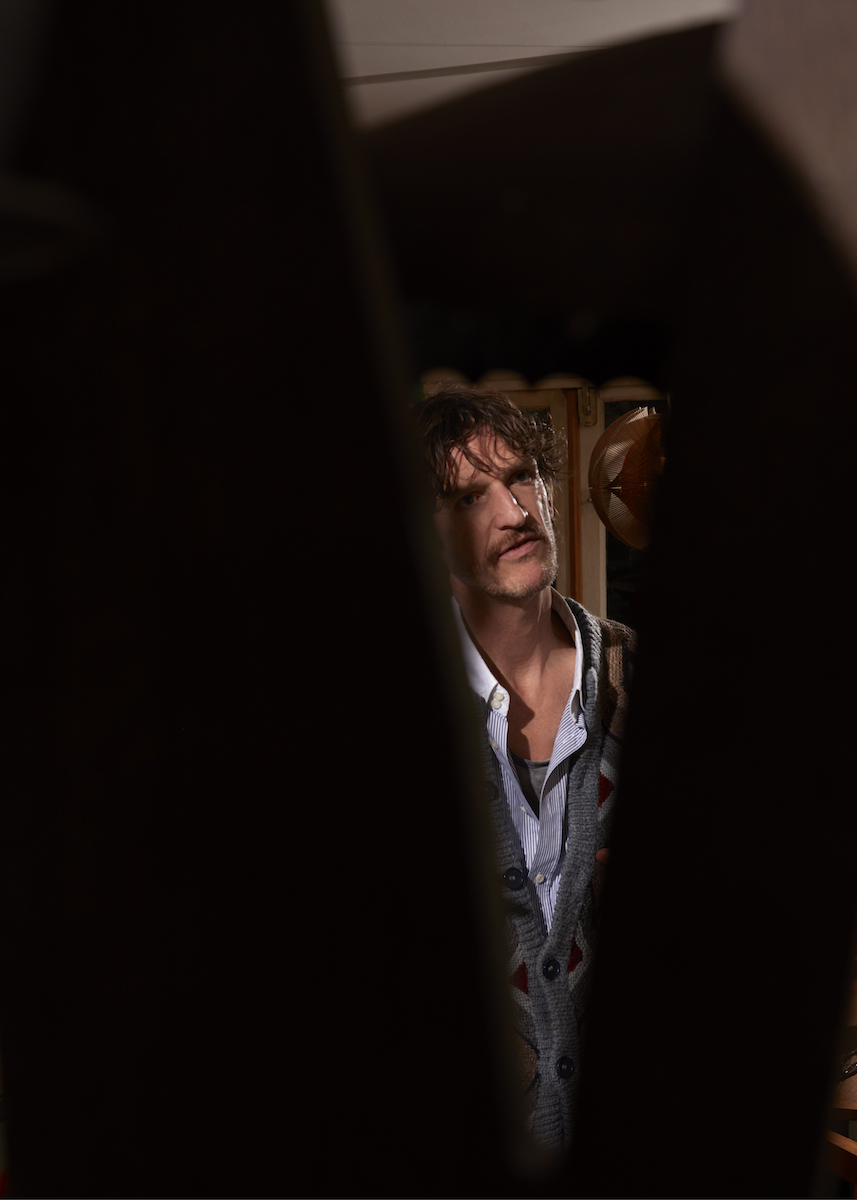
We also wanted to talk to you about the artists in the show. We ourselves are so overwhelmed with the search and exposure of hip, young, stylish social media thriving artists. There’s so much established talent in this show, with people entirely not participating in the Instagram game of art. Could you tell us a bit about the research and selection of those artists and artworks?
I must say that I had the luxury to have Het HEM’s team behind my back for support in this process. Here, the process started with intuition as well. I strongly believe that if something comes authentically from inside of you then you can’t do wrong. Instagram or hip styles were just not on my mind or part of the research when doing the selection. I also was interested in work that had something to say that’s longer than the short attention span we have today.
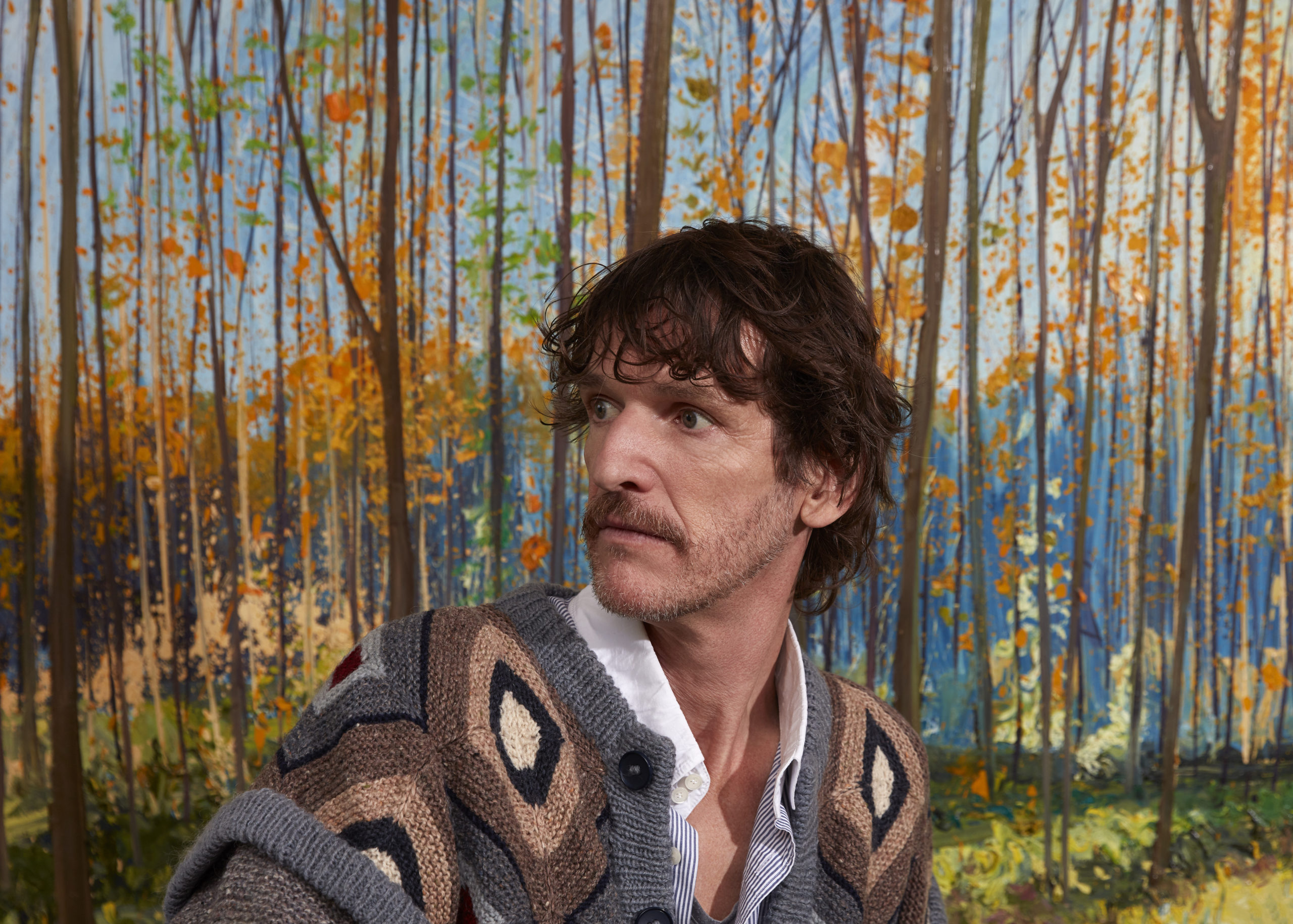
We would also love to know more about the White Cube space of the exhibition, which hosts the work of Ossip and can be found not in the basement but on HEM’s ground floor.
There are 87 artworks by Ossip in the White Cube, and their multi-layered construction allows you to zoom in and out, to put things in focus or in perspective. It’s perfect example of the need to recover our senses.
And of course, there’s also Bram Ellens’ robotic sculpture exhibited on the uppermost floor of Het HEM. It was so scary that all we could think about is how easily we try to attribute human characteristics to unanimated things that in no way at all suggest humanity. Rather, it makes them even scarier…
Funny to admit but I actually first saw Ellens’ work on Instagram. What drew me to the work was the drone-like figure that’s locked inside a birdcage. This was a new way of looking at technology and giving it emotions. We are in a biologic time now, where we need to use modern technology to save and initiate Nature in order to restore it. It’s time to give back!
